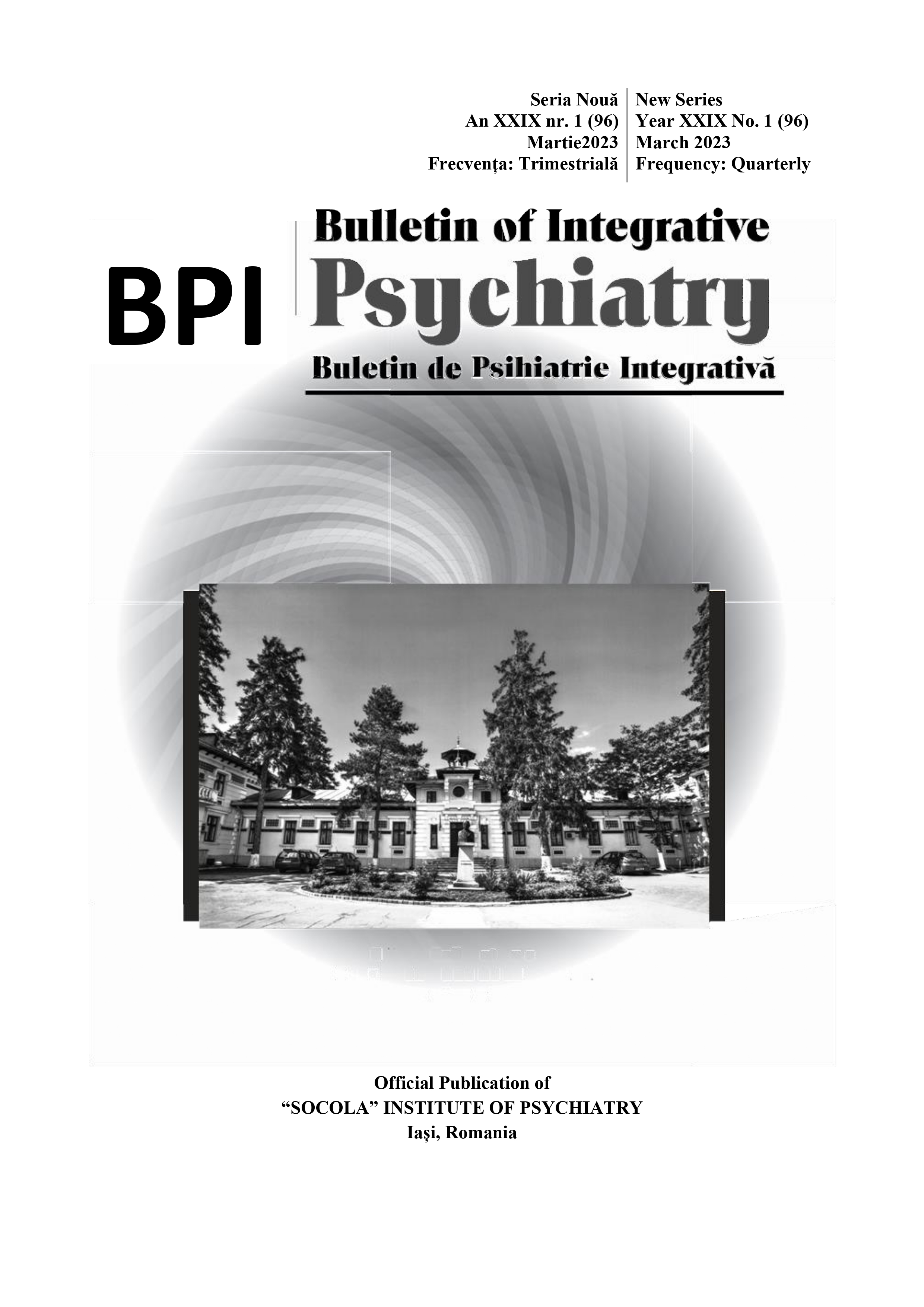The role of socio-cultural factors in influencing the lip size preferences and the hyaluronic acid augmentation
The role of socio-cultural factors in influencing the lip size preferences and the hyaluronic acid augmentation
Author(s): Iulia Olaru, Adriana Olaru, Florin Stefan OlaruSubject(s): Media studies, Health and medicine and law
Published by: Editura Sedcom Libris Iasi
Keywords: Lip augmentation; fillers; hyaluronic acid; lip aesthetics;
Summary/Abstract: The ideal of beauty has changed enormously over the centuries, the media and especially the access to the Internet influencing to a very large extent the concept of people on beauty, along with geographical, ethnic, cultural and demographic characteristics. The eyes, nose and lips with their central position capture attention, thus the face having a particularly important contribution in defining a person’s personality, self-perception and in social interactions. In the 15th and 16th centuries, the concept of “Golden Ratio”, which uses mathematical formulas to define the aesthetic characteristics of a person or object, was elaborated. Throughout history to the present day, full lips have been associated with youth and beauty, being considered sexually attractive to both men and women, however the excessive use of fillers can have disastrous effects. The basic principles of the ideal lips include: pronounced Cupid’s bow, well-defined vermilion border, elevated mouth commissures, fullness in the central area, symmetry between the left and right sides, filter length of 12–15 mm, smaller width of the upper lip in comparison with the lower lip and an adequate ratio 1:1.6 (Golden Ratio) between the upper and lower lip. These principles are not universally applicable and must be reported to each individual. Since 2000, lip augmentation in women has increased significantly, the social networks playing a very important role in this trend. New aesthetic preferences are spreading around the globe at an astounding speed, given the influence of the media.
Journal: Buletin de Psihiatrie Integrativa
- Issue Year: 96/2023
- Issue No: 1
- Page Range: 97-103
- Page Count: 7
- Language: English

